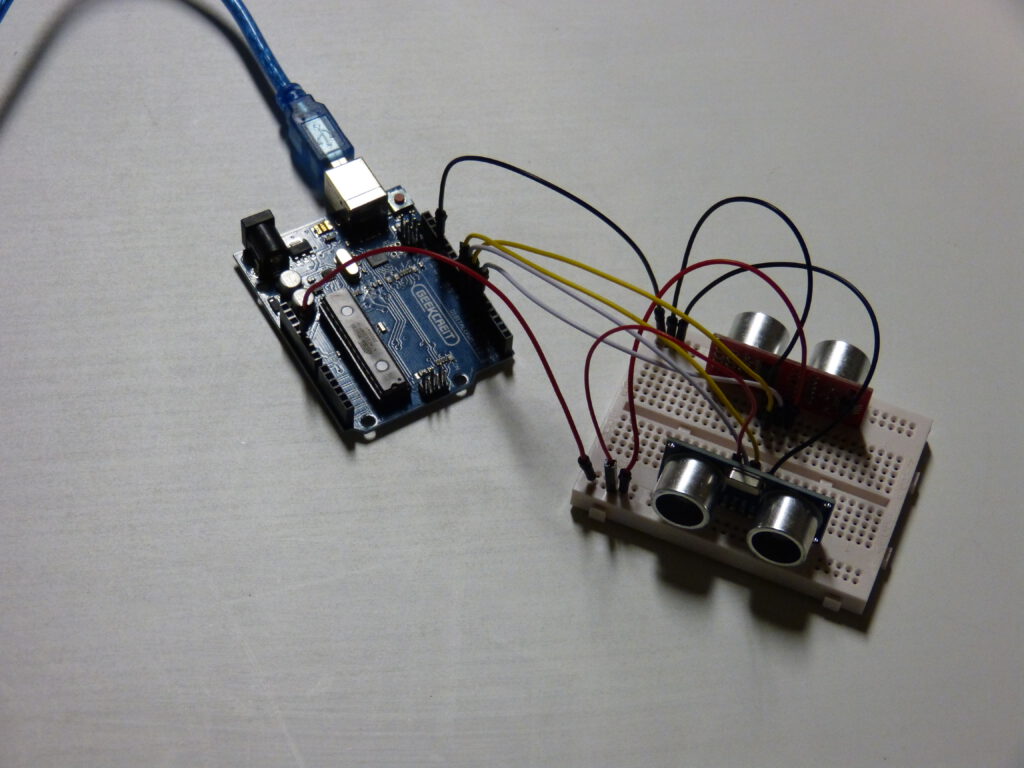Fearful Symmetry
This is a series of sketches in Processing. My intentions here were twofold. In the first place, I was exploring how to generate natural shapes with generative patterns. On the second place, I was investigating how to design a multi-user interaction for these visualizations. In particular, how to set up a meaningful/interesting interaction in the physical space. On the technical side, I explored how to interface with Arduino distance sensors.
Those are sensors with “stable” data. Here, I mean sensors where variation mostly comes intentionally from the user. In the work Noisy Heartbeats, I built further on this with biometric sensors where the users have little control on the variation.
Sketches
These are the sketches I made for my investigations. They are originally intended to react to sensors with “stable” input, e.g. distance sensors. However, for documentation purposes here they are responsive to the movement of the mouse or touch.
By clicking on the </> you can see the underlying code. You can also click to view the sketches in fullscreen and edit them in the OpenProcessing platform.
Installation
This is a performance of my studiomate Mai. Originally, I intended the installation to be for two persons, but she created an interesting use for one person. I missed to record her dance to produce these visuals.
Some ideas
Moving forward

One sensor many reactions
As seen in this page, putting all the sketches together can produce an interesting setup. It would be interesting to investigate how one sensor setup could modify more than one sketch. From this, an installation could be made.
RobotVacuum art
Until now, the sensors were in a static position and the visitors moved to modify the sketch. However, we could mount the sensors on a moving object, e.g. a robot vacuum cleaner. The robot will then move between the visitors. In this sense the installation also interacts, or performs, with the visitors.
Arabic art & sacred geometry
Although, I started from a pure geometrical generative investigation (lines, circles, squares, encapsulation, classes, etc), the arising patterns resemble those of Arabic/Islamic art and sacred geometry. It is worth to investigate those fields to understand how they generate their patterns.
Parameters
From the pure technical perspective, the code for the sketches could still be improved. In particular, I am interested in isolating which parameters should be linked to the sensor input; this is ground for future investigation.
The source coded used here can found in the Git repository linked to this block.
